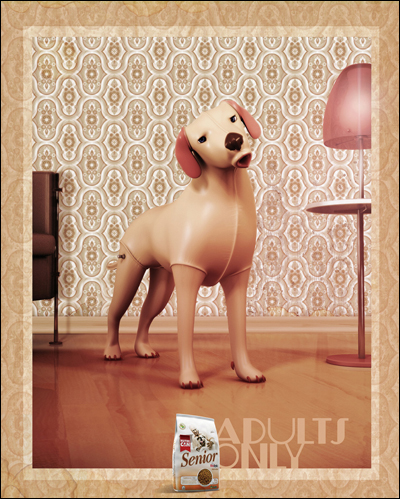Better Than Coffee: The “Soy Bomb Incident”
Soy represents dense nutritional life. Bomb is, obviously, an explosive destructive force. So, “soy bomb” is what I think art should be: dense, transformational, explosive life! —Michael Portnoy
I sometimes wonder how the NYC folks I’ve lost touch with are doing these days. For instance, my former roomie and occasional partner in performance art/music/fashion shenanigans, Michael Portnoy. A multi-talented, mischievous fellow who rented me a room in his flat on the Lower East Side when I first arrived in town, Michael’s “diverse practice spans dance-theater, metafunctional sculpture, fascist socials, experimental stand-up, prog-operatic spectacle, an aerobic restaurant where food leaps out from the walls, and Icelandic cockroach porn.” Noble pursuits, one and all! However, Mister Portnoy remains best known for his balls-out impromptu guerilla dance’plosion during Bob Dylan’s performance of “Love Sick” at the 1998 Grammy Awards:
(I love that it took almost a full minute for anyone to realize Soy Bomb wasn’t part of the show and “escort” him offstage.)
A bit of background info: the Grammys production team had hired Michael and two dozen other extras to stand in the background and wriggle in a shambolic, vaguely beatnik fashion to “give Bob a good vibe.” $200 to do a bit of insincere finger-snapping on live television? Not bad work if you can get it. But Michael had more grandiose visions, and of course, the rest is history. Love it or hate it (and to be sure, I love it a little more every time I watch it) “the Soy Bomb incident” has become one of the most memorable moments in televised award ceremony history, right up there with Sasheen Littlefeather declining Marlon Brando’s Academy Award for him to a chorus of boos, Jarvis Cocker interrupting Michael Jackson‘s pretentious BRIT Awards spectacle, and Sally Fields mewling “you like meee!”


















